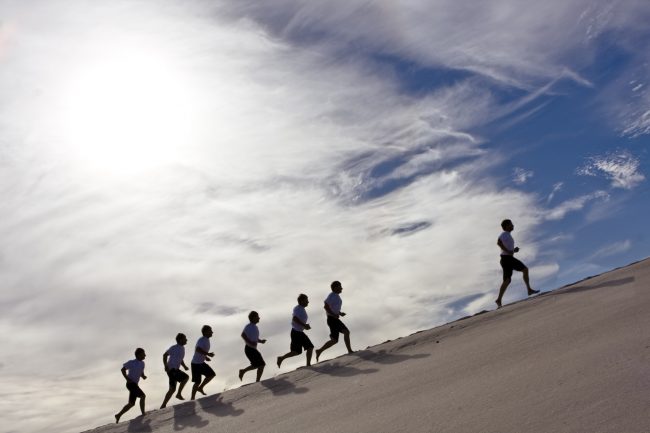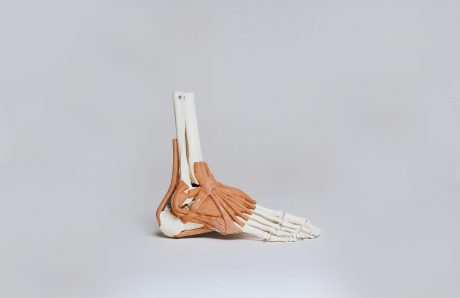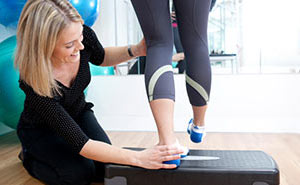Tendons
Published on
21 May 2019

Call us on: (03) 9975 4133
Many of you will have experienced a muscle injury before, which most likely healed relatively quickly. This is because muscles have a really good blood supply, which enhances their healing capacity when injured. Tendons on the other hand have a limited blood supply, and if overloaded during activities like running, jumping, throwing, (“springy” activities) they can become unhappy, and generally will not settle down unless the right strategies are put in place.
What is a tendon?
A tendon is a fibrous connective tissue that attaches muscle to bone, creating a pulley system to transfer the energy generated by muscles and produce movement. Due to their make up of collagen and elastin, tendons are incredibly strong and stiff. This also gives them a remarkable ability to store and release energy, and act like a spring. (Fun fact: The achilles tendon is responsible for up to 65% of force when you are running)
Why does my tendon hurt?
Increases in hilly running can increase your risk of developing tendon pain.
The achilles tendon is the thickest and strongest tendon in your body, connecting your calf muscles to the back of your heel. The achilles transmits the force generated when you push off the ground, which is approximately 3 times your body weight. Uphill running requires you to push harder off the ground, so can overload the achilles tendon if the calf muscles are not strong enough to help absorb the load.
Achilles tendon injuries account for 5-12% of all running injuries, so if you are experiencing achilles pain, you are certainly not alone.
You may experience stiffness in your achilles at rest, and pain just above your heel when running which may or may not warm up as you continue to run. If this sounds like you, it is likely you are experiencing ‘achilles tendinopathy’. Achilles tendinopathy occurs as a result of excessive stress being placed through the tendon. Weak calf muscles, poor ankle range of motion and poor training practices (too much too soon) are all common causes of achilles tendinopathy.

Increases in downhill running place you at an increased risk of patella tendon pain. The patella tendon attaches your knee cap to the top of your shin bone, and helps to absorb and transmit force during the landing phase of gait. Thus, this tendon is commonly injured during sudden increases in activities such as jumping and downhill running, where the load exceeds the tendon capacity. Reduced quadriceps strength, and poor quadriceps and hamstring mobility reduce your ability to adequately slow down your descent during impact, and thus can increase your risk of patella tendinopathy.
What should I do about it?
The good news is, there has been a lot of research conducted on tendons in the past few years, so we now know a lot about how to prevent, and treat tendon pain.

The old saying ‘use it or lose it’ applies to tendons. Complete rest will further reduce the capacity of the tendon to absorb load. Rather, reduce your load to a point that your tendon can tolerate, then slowly increase the tendons exposure to load. The best way to prevent a tendon injury is through good training practices. Ensure that longer or harder sessions are spread throughout the week, and that you set aside time for rest. Research suggests that strength and mobility training are the most effective strategies in the treatment of tendinopathy. The type of exercises required are dependent on the type of tendon pain and duration of your symptoms.
Tip: Don’t stretch the areas where you are experiencing tendon pain. Stretching increases the compressive loads on tendons which we know are detrimental to tendon health. If your muscles are feeling tight, use a foam roller instead.
We’re here to help.
If you are currently experiencing tendon pain, we can provide you with a suitable progressive, graduated exercise program, and structured running program once you are back on the track (or road). Get in touch now.
Back to blog home